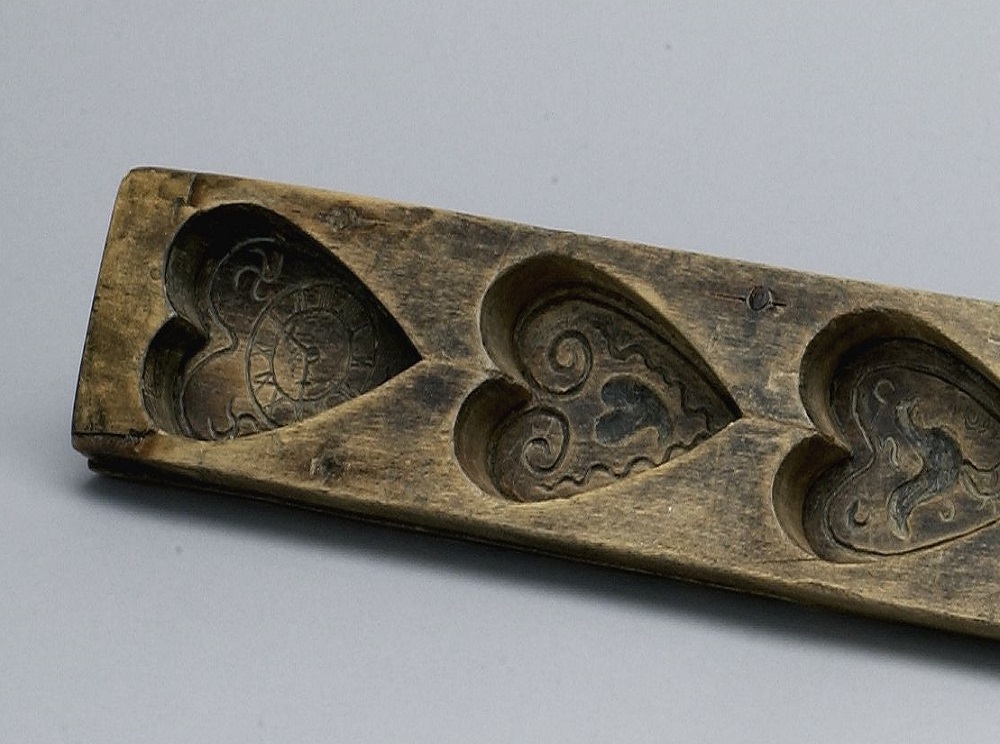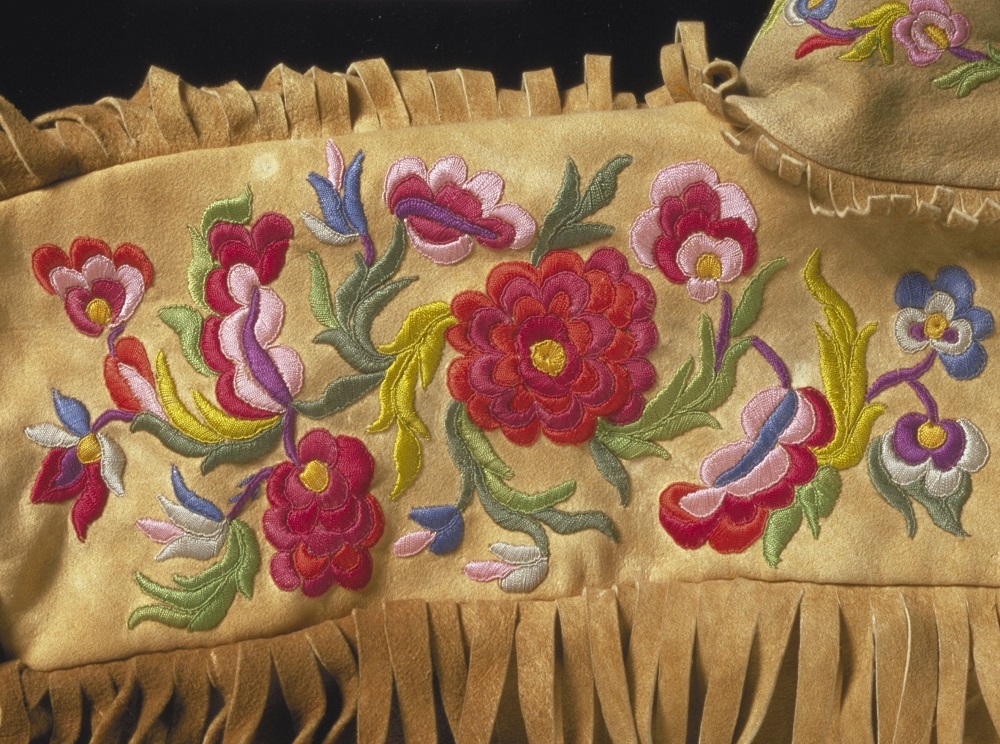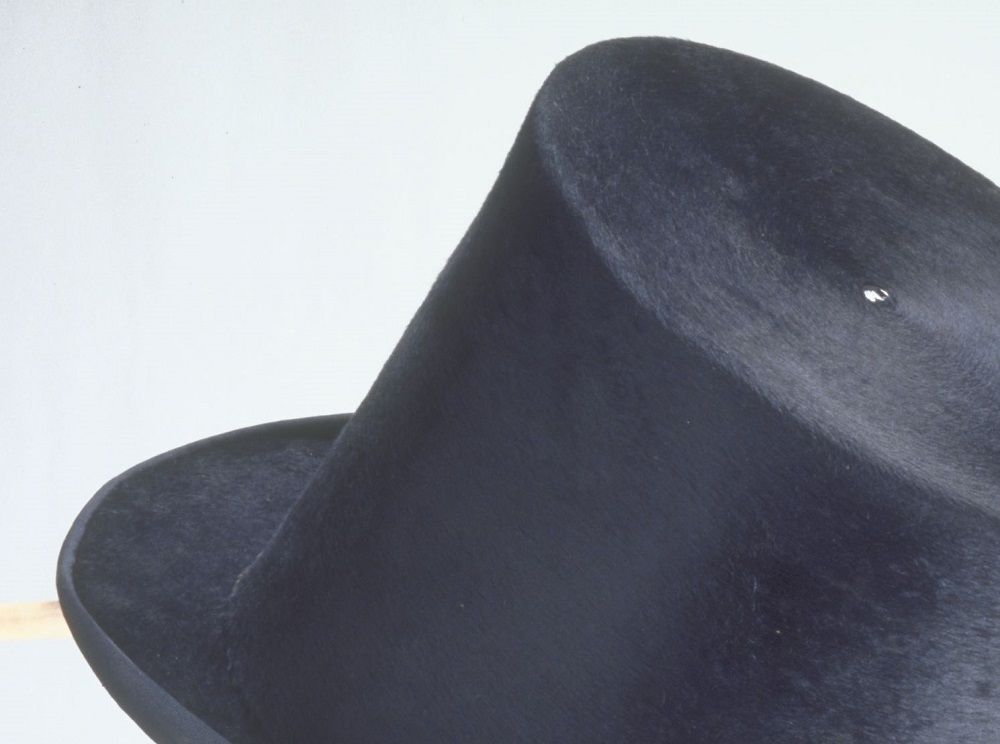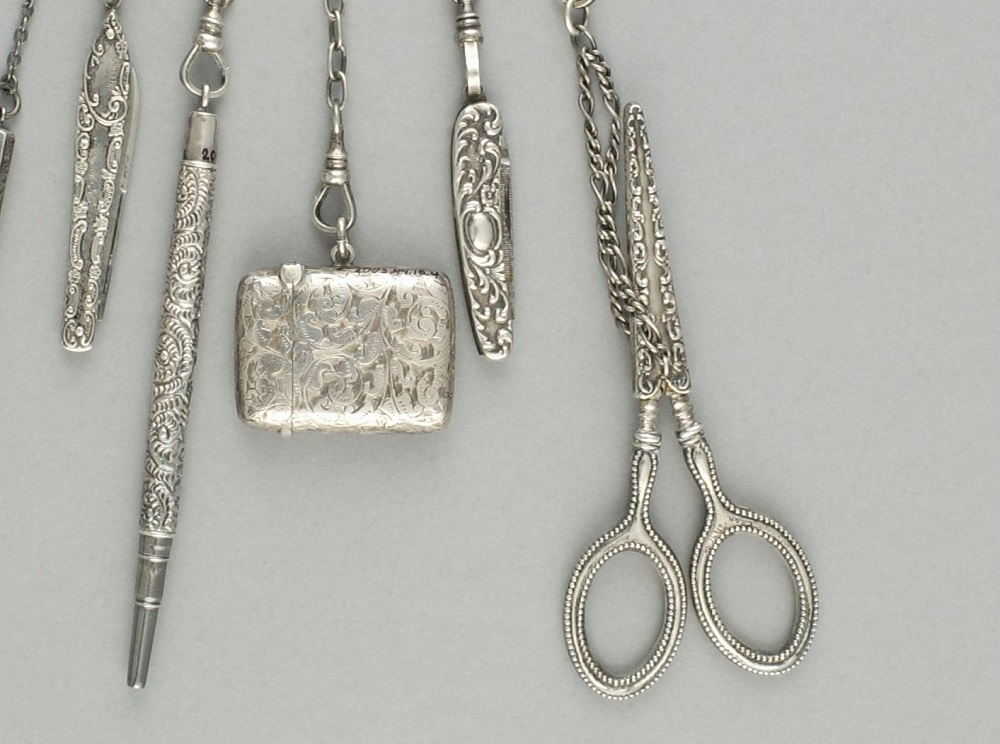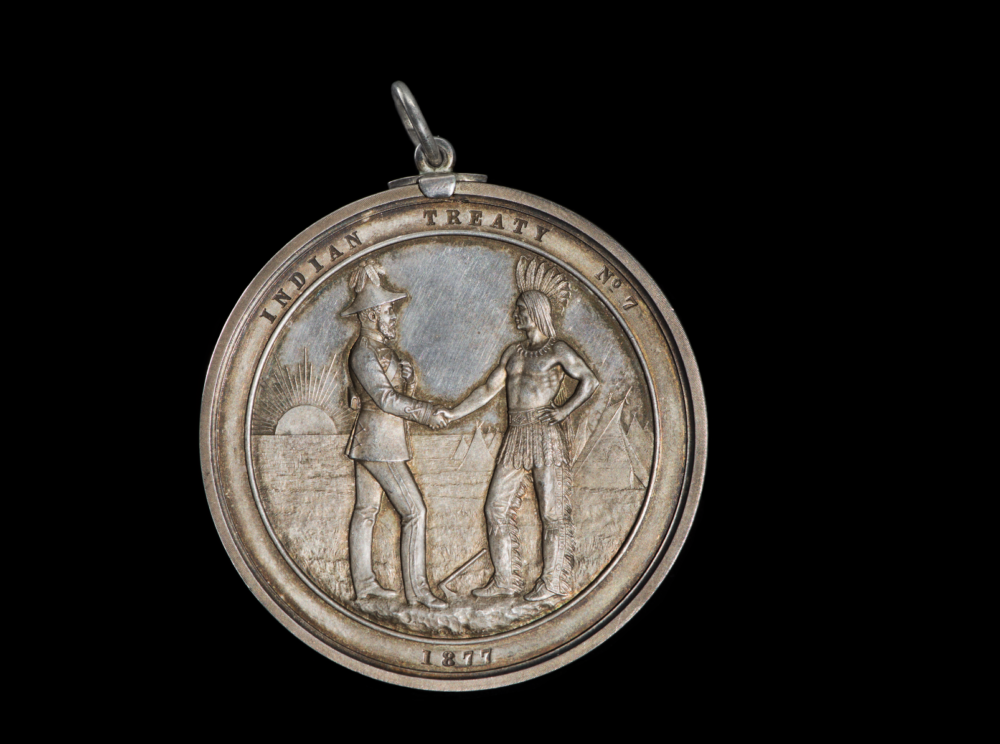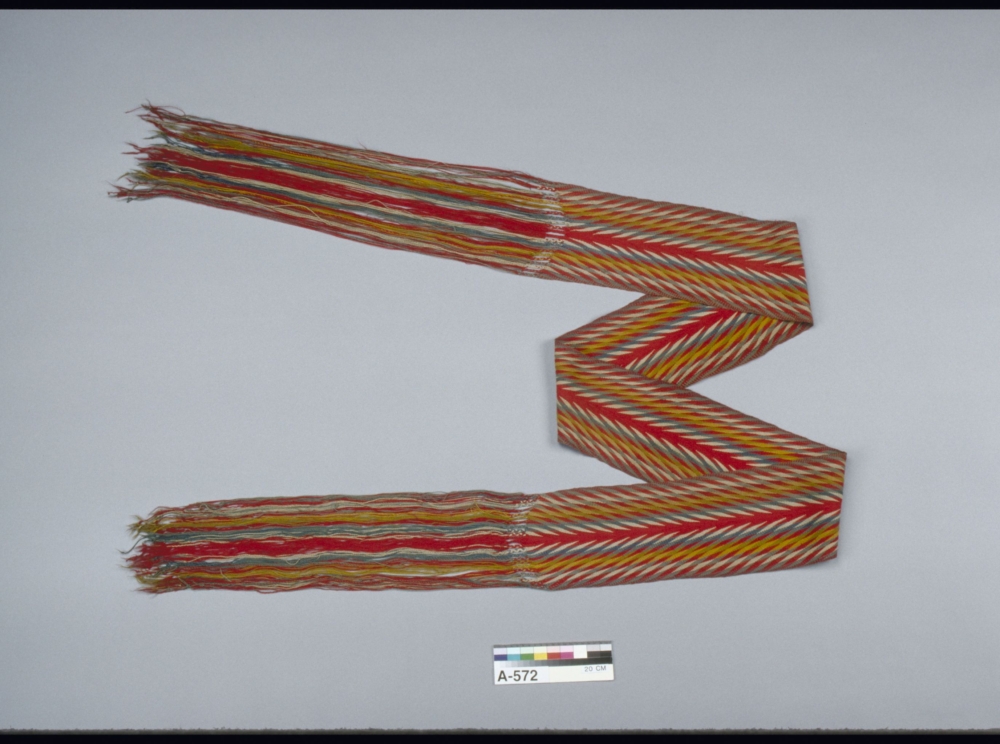
Colonial Canada
Starting around 1615, more than 60 years of epidemics, warfare and diplomacy led to a redrawing of the map of the Great Lakes and St. Lawrence Valley. First Peoples tolerated, even welcomed, the French within their existing trade and political systems. However, European diseases brought suffering and death, which led to social strain and political instability.
During the 1600s and 1700s, New France evolved from a fur-trade outpost into a permanent, agricultural society. As they adapted to local conditions, French settlers became Canadiens and Acadiens. They created a distinct culture that endures to the present day. At the same time, Great Britain and France — two great powers — vied for strategic and economic advantage, in North America and around the world. As competing trade networks expanded, North American colonists produced and consumed in a global marketplace. France and Britain also went to war in North America. Their conflicts culminated in the British conquest of New France.
Following the British conquest of Canada, France ceded nearly all of its North American possessions to the victorious British. The new British rulers, First Peoples and former French subjects had to adjust to new geopolitical realities. They achieved a level of uneasy accommodation that has endured up to the present. Between 1776 and 1840, the non-Indigenous population of British North America increased from under 100,000 to over 1 million. Many newcomers settled in the new colony of Upper Canada, now Ontario. They transformed the region’s landscapes, politics, and social and cultural fabric. Around the same time — from the mid-1700s to the mid-1800s — Indigenous peoples adapted to and shaped a rapidly expanding fur trade. They were proactive and creative. Some forged economic and social ties with Euro-Canadian newcomers. This interaction led to the emergence of a new nation: the Métis.
British North America experienced dramatic growth and diversification in the mid-1800s. Colonial politicians negotiated an unprecedented degree of self-government and, ultimately, a confederation. Following Confederation, the Dominion of Canada began a dramatic westward expansion. This process drew Euro- Canadians, the Métis and First Nations into closer contact, sparking conflict over claims to land and resources in the West. By 1885, Euro-Canadians had the most control in these relationships owing to their larger population, powerful new technologies and expansionist culture. Under a new order, the Métis and First Nations experienced wrenching change. By the early 1900s, massive immigration and ongoing industrialization were transforming Canada. In the West, increased settlement led to the development of the Prairies for agriculture and created new communities. Rapid growth and industrialization established dynamic cities across the country. The Canada we know today was taking shape.
Learn more about these moments by clicking on the objects below.
